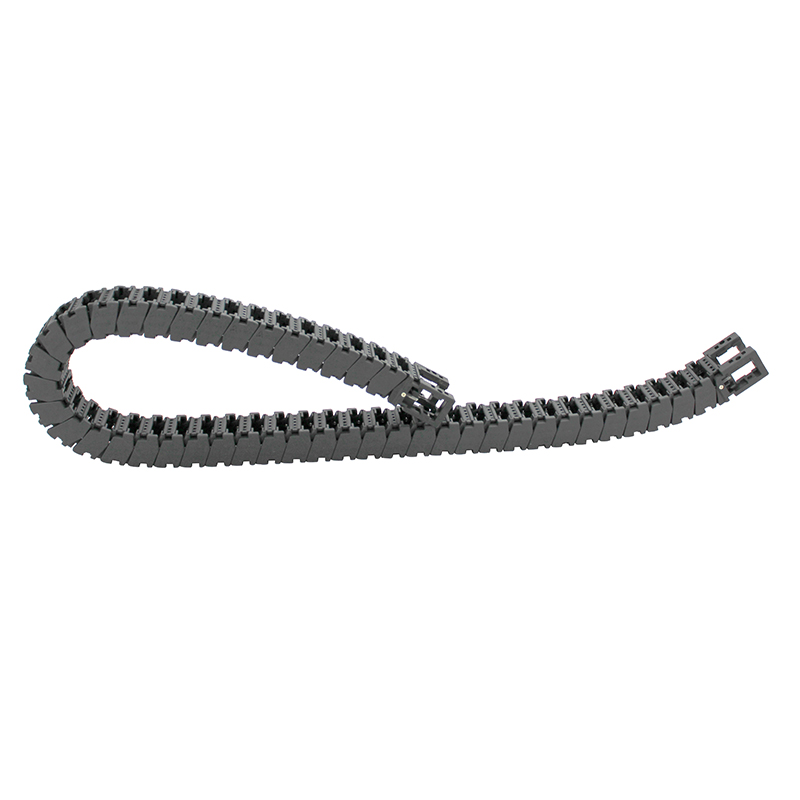Understanding Cable Carrier HS Codes for Efficient Import and Export Practices
Understanding Cable Carriers and Their HS Codes
In the realm of international trade and customs, understanding the classification of goods is essential for smooth business operations. One such category of goods, often overlooked, is the cable carrier. Cable carriers, also known as cable tracks or drag chains, are essential components in various industries, including manufacturing, robotics, and automation. They are designed to protect and guide cables and hoses in dynamic environments, ensuring the reliable operation of machinery and equipment.
What are Cable Carriers?
Cable carriers consist of interconnected links that form a channel for cables and hoses to run through. They are designed to support the movement of multiple cables while preventing tangles and wear. Cable carriers are commonly used in industries where machinery moves in multiple axes, such as CNC machining centers, industrial robots, and even large-scale construction equipment. Their ability to facilitate organized, efficient, and safe cable management makes them invaluable in maintaining operational efficiency.
Importance of HS Codes
Harmonized System (HS) codes are standardized numerical methods of classifying traded products. Established by the World Customs Organization (WCO), HS codes facilitate international trade by allowing customs officials to identify products and apply appropriate tariffs and regulations. Each product is assigned a specific code that indicates its category.
For businesses dealing with cable carriers, understanding the correct HS code is critical. The correct classification can impact import and export duties, adherence to trade regulations, and the ability to accurately report goods for customs clearance. Misclassifying a product can lead to fines, shipment delays, and complications in logistics.
cable carrier hs code

How to Classify Cable Carriers
When classifying cable carriers under HS codes, businesses typically look for codes that fall within the categories related to machinery parts. The HS code for cable carriers may vary based on factors such as the material used, the application, and the specifics of the cable carrier design. Commonly, cable carriers may fall under Chapter 84 of the HS Codes, which pertains to machinery and mechanical appliances, or Chapter 39, which covers plastic and articles thereof.
For instance, a cable carrier made of plastic can be classified under HS code 3926, which includes various articles made of plastics, while a metal cable carrier may fall under HS code 7326 for articles of iron or steel. However, identifying the right code often requires a detailed understanding of the product, its specifications, and how it is packaged for shipment.
Conclusion
Navigating the complexity of international trade requires a nuanced understanding of product classifications, including the HS codes for cable carriers. As industries continue to evolve and technology advances, the demand for efficient and effective cable management solutions will only grow.
For businesses involved in the manufacturing or distribution of cable carriers, ensuring compliance with shipping regulations and proper HS code classification is paramount. By staying informed about current tariffs, trade agreements, and customs regulations, businesses can mitigate risks and streamline their operations. As always, consulting with customs experts or trade professionals can provide invaluable assistance in correctly classifying products and navigating the ever-changing landscape of international trade.
With the right knowledge and resources at hand, businesses can not only thrive in the marketplace but also contribute to a more organized and efficient global trade environment. The cable carrier, while seemingly a small component, plays a significant role in the broader scheme of industrial productivity and innovation.








